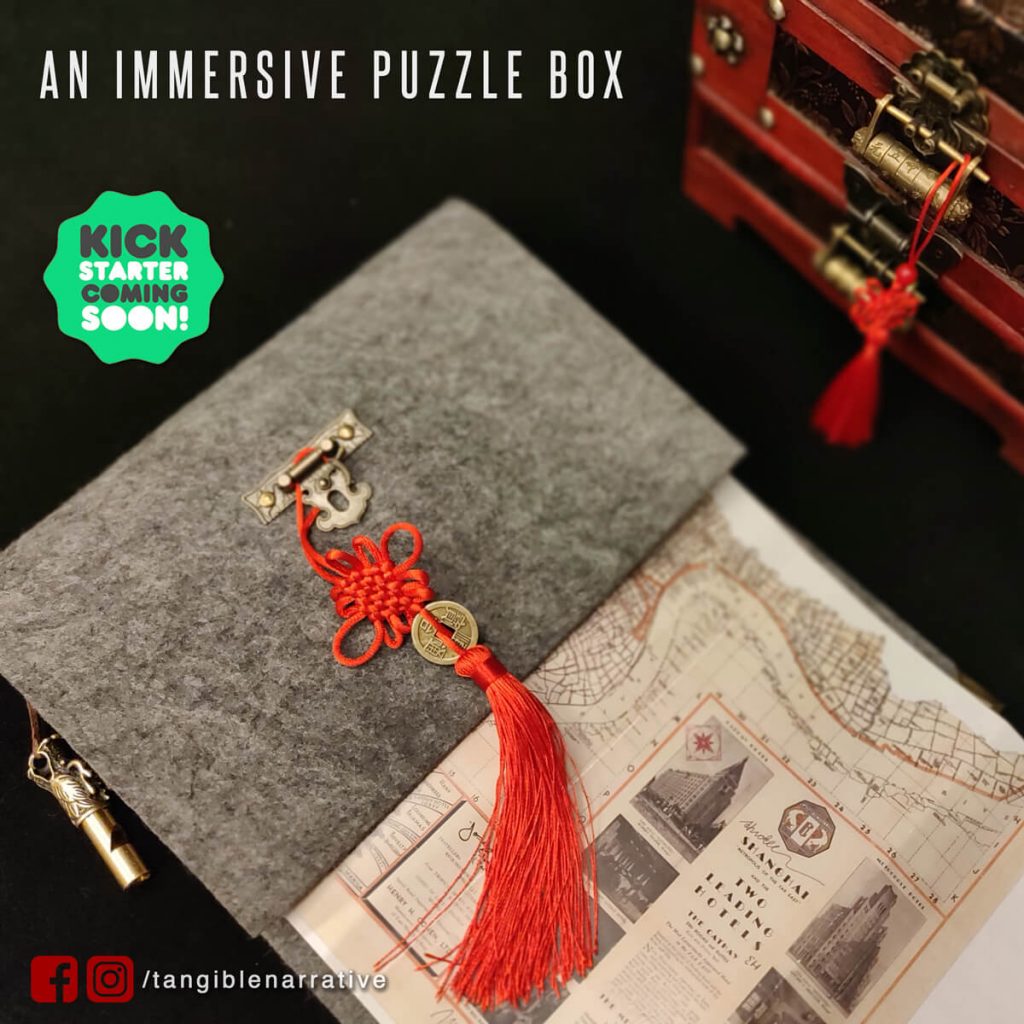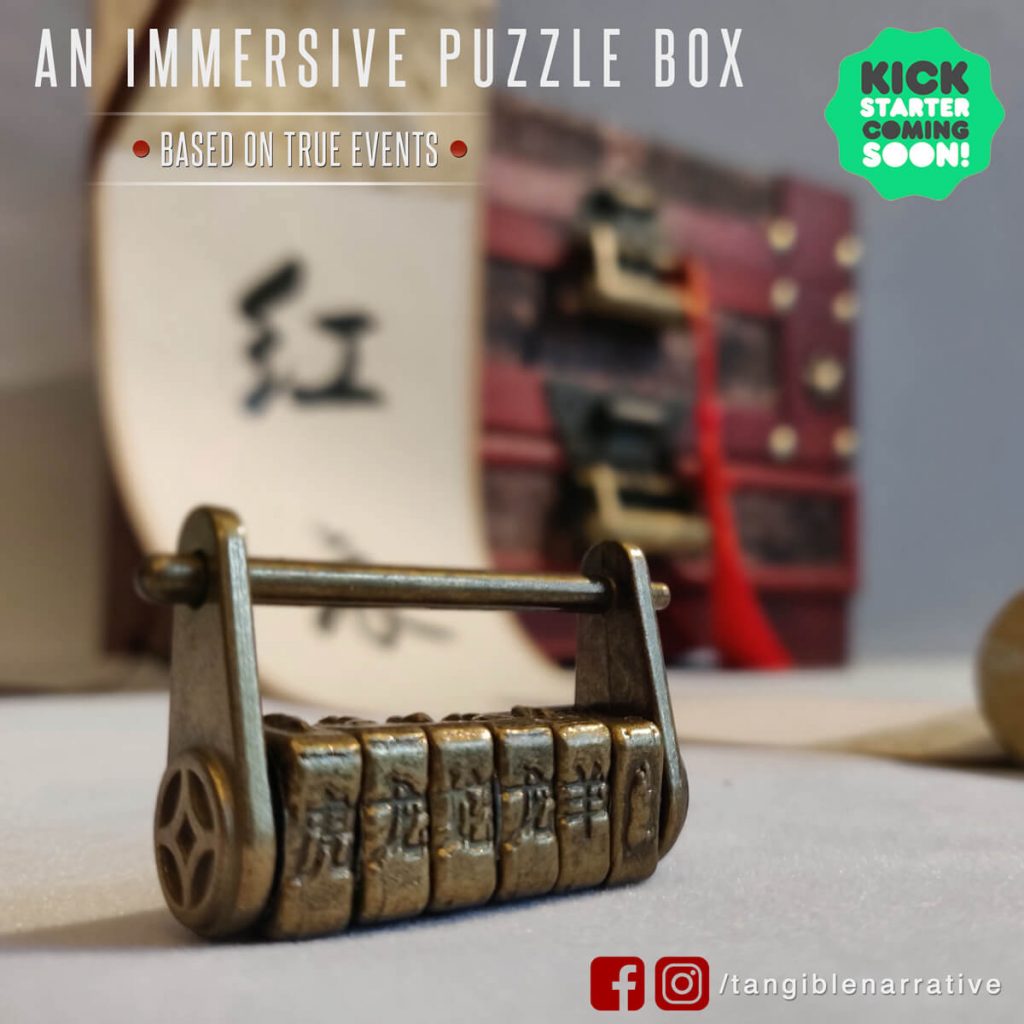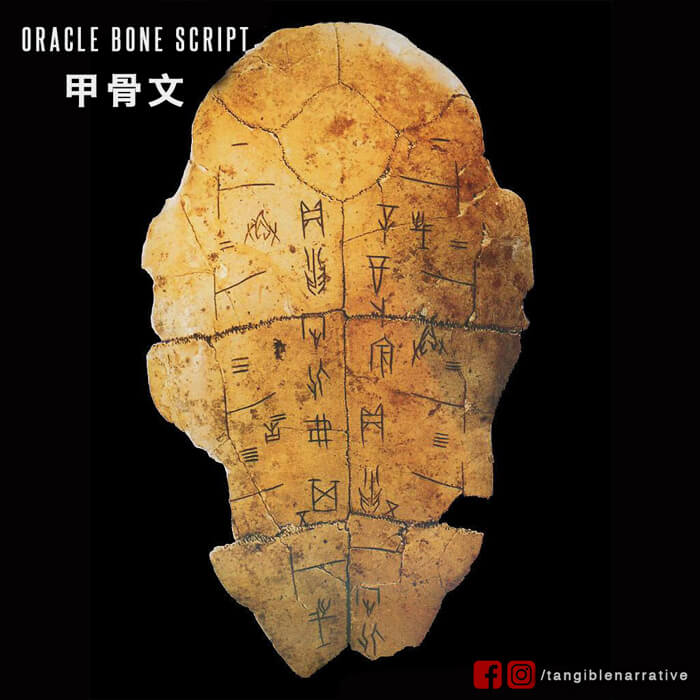We still have a few weeks until the Mystery Box kickstarter. Our two campaigns are connected as much as the World Travelers Society’s narrative is. But, are the puzzles connected too? Read the below content and stay tuned to find out…
China Knots

A Chinese knot is a knot that is tied and woven from a single length of cord, yet finished knots look identical from both the front and back.
The existence of “bone needles” dates as far back as the Paleolithic era. Since there are needles, there must have been ropes and threads at that time, it can be inferred that simple knotting and sewing techniques existed then.
The meaning of the knot is that in Chinese, many important things are almost metaphorically represented by the word “knot”, such as righteousness, association, worship, alliance, unity and so on.
Since ancient times, “concentric knots” have become a token of love between men and women to express their mutual vows. Of the two characters of the Chinese word for marriage one is knot.
I leave you with this beautiful poem “Knotting Love” from the famous Tang Dynasty (618 – 907 AD) poet Meng Jiao:
One knot after another
Knotting true and deep love
Upon my love’s departure
I make a thousand knots on his sleeve
I swear to wait faithfully
Hope these knots will prompt him to come home early
But what’s the use of tying knots on his garment?
It is better to know our hearts together
We knot our hearts in whatever we do
We knot our hearts for eternity
👉Join our 🌏 Facebook Group
Chinese Characters

The padlock on the picture has Chinese characters representing the Chinese Zodiac signs, the first one is Tiger (虎) — like the present Year of the Tiger.
One of the oldest texts in the world, Chinese characters are the longest continuously used characters so far, and they are also the only inheritors of the major writing systems in ancient times.
The earliest confirmed evidence of the Chinese script yet discovered is the body of inscriptions carved on oracle bones — inscriptions on tortoise shells and animal bones by the royal family in the late Shang Dynasty (14th to 11th centuries BC) for divination.

In 1899, Wang Yirong, director of the Chinese Imperial Academy recognized that the symbols inscribed on oracle bones were an early form of Chinese writing. Before that, sadly, these bones were being sold as “dragon bones” for medicinal purposes.
By 1928, the source of the bones had been traced to a village near Anyang in Henan Province, which was excavated between 1928 and 1937. Over 150,000 fragments with more than 4,500 characters have been found.
The content recorded by these oracle bone inscriptions is extremely rich, involving many aspects of social life in the Shang Dynasty, including not only politics, military affairs, culture, social customs, etc., but also science and technology such as astronomy, calendar, and medicine.
A few of the characters we use today, including some of the most commonly used, were originally pictograms, which depicted the objects denoted, or ideograms, in which meaning was expressed iconically. The vast majority were written using the rebus principle…
There is no exact number of Chinese characters, about 100,000, and only a few thousand Chinese characters are used nowadays in daily life. According to statistics, 1,000 commonly used words can cover about 92% of written materials, 2,000 words can cover more than 98%, and 3,000 words have reached 99%.
So, a Chinese college graduate must memorize between 3,000 and 4,000 characters.